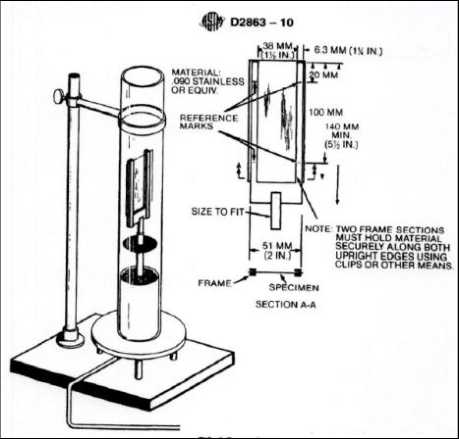- Qinsun Instruments Co., Ltd.
- Tell:+86-21-6780 0179
- Phone:+86-17740808215
- Address:No. 2578 Minhang District Gu Dai Road, Shanghai
- Contact:Mr. Li
- QQ:846490659
Physical and chemical analysis experiments

What is the temperature range of the E-201 pH meter composite electrode?
Answer: When measuring at temperatures between 5-60 ℃, but above or below room temperature, temperature correction must be performed. Otherwise, the sample should be cooled (heated) to room temperature before measurement.
When does the pH meter need to be calibrated in advance?
Answer: There is a significant change in the temperature of the solution compared to the calibration temperature. For electrodes that have been dried for too long, new electrodes that have been replaced, measurements of overly concentrated acids and bases, and measurements of relatively concentrated organic solvents.
3. What will happen if the pH meter electrode leads in dirty wires?
Answer: The electrode leads in unclean wires, making the measurement unstable.
What should be noted when using a trace water analyzer to measure samples?
Answer: (1) Check if the instrument is stable and if "stable" appears; (2) Check if the residual liquid in the bottle exceeds the marking line; (3) Check if the desiccant has expired; (4) During the weighing process, the needle hole should be blocked with a rubber pad to prevent sample evaporation.
How to deal with the uncertainty of the conductivity range of the measured solution during conductivity testing?
Answer: First, turn the range selection switch to the maximum position for measurement, and then gradually downshift to prevent the gauge needle from bending.
What is the difference between the use of platinum black electrodes and platinum bright electrodes?
Answer: If the conductivity of the measured solution is below 10us/cm, use a platinum bright electrode DJS-1; Platinum black electrode DJS-10 is used for temperatures above 10us/cm.
What if the conductivity of the measured solution is greater than 10us/cm and the DJS-1 platinum bright electrode cannot measure it?
Answer: DJS-10 platinum black electrode should be selected. Adjust the electrode constant compensator to 1/10 of the corresponding electrode constant position, and then multiply the measured conductivity by 10 to obtain the measured value.
8. How to deal with the phenomenon of flow interruption in the capillary part of the viscosity tube during testing?
Answer: Use concentrated sulfuric acid to treat the inside of the viscosity tube, and then rinse with methanol.
What is the basis for the reagent used to calibrate the zero point of a spectrophotometer?
Answer: It is selected based on the solvent used to dissolve or dilute the sample, and the absorbance value of the reagent is eliminated.
11. What are the factors that affect the absorbance value of a solution?
Answer: 1) Is the sample filtered; (2) Is the zero point of the instrument calibrated; (3) The colorimetric dish is dirty; (4) The selected wavelength is incorrect.
What is the name of the instrument used to analyze the turbidity value of latex? What is the wavelength? How big is the colorimetric dish?
Answer: Use a spectrophotometer with a wavelength of 700nm and a colorimetric dish of 1cm.
13. What is the principle of polymerization determination in styrene?
Answer: The styrene polymer present in the styrene monomer is insoluble in methanol, so dry methanol is added to the styrene sample, and the polymer content can be determined by measuring its turbidity.
What is the purpose of adding polymerization inhibitors to styrene products?
Answer: Reduce the polymerization loss of styrene monomers, prevent equipment blockage and product polymerization during transportation.
15. When the polymer content in styrene products exceeds 15mg/kg (ppm), how should dilution be carried out?
Answer: From the already prepared





